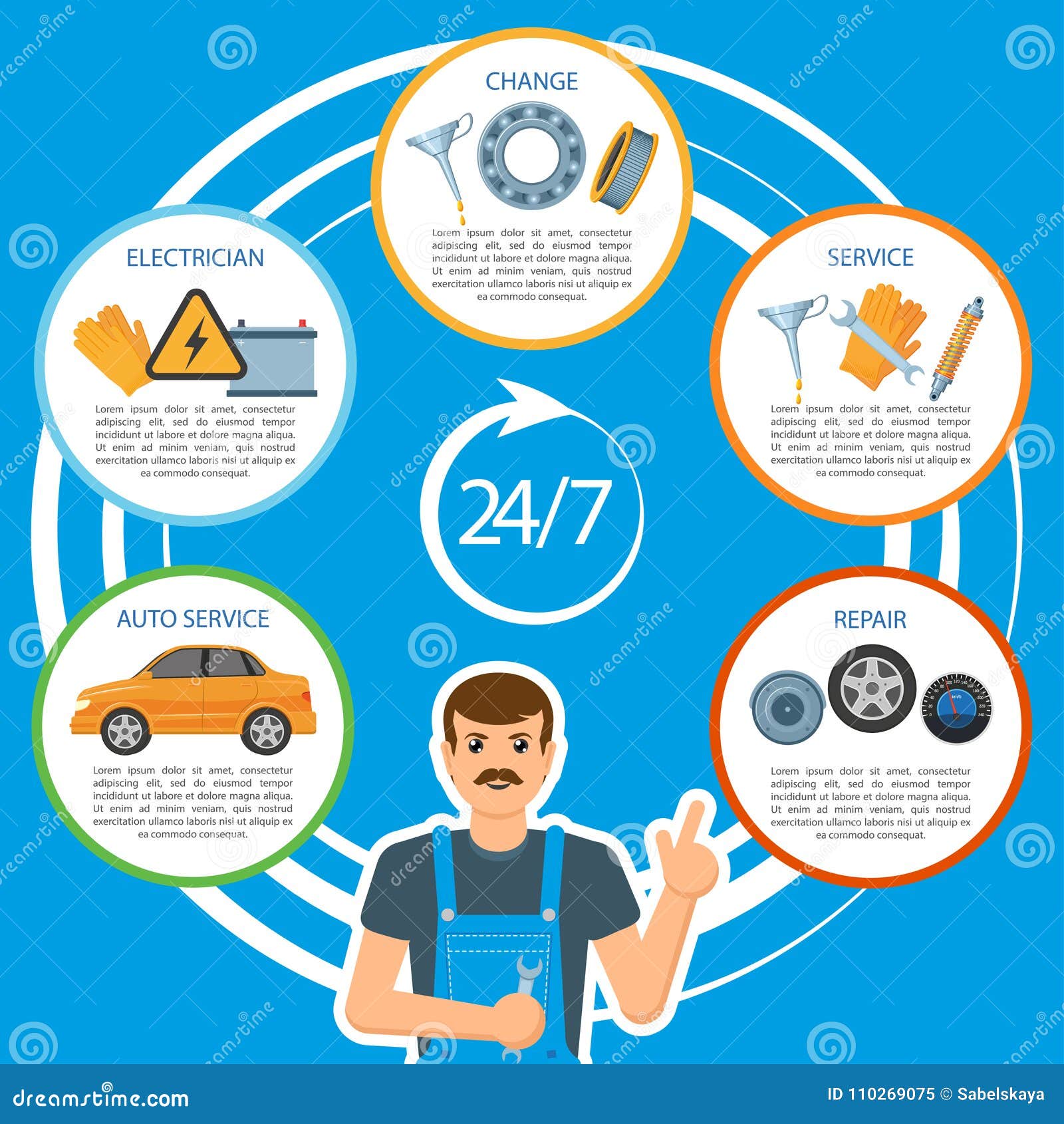Examining Your Auto'S Warning Indicators: What They Actually Communicate
Examining Your Auto'S Warning Indicators: What They Actually Communicate
Blog Article
Material Produce By-Faulkner Alvarado
When you lag the wheel, those radiant warning lights on your control panel can be a bit complicated. Do you recognize what they're trying to inform you about your automobile's wellness? Recognizing the value of these lights is important for your safety and the durability of your car. So, the next time one of those lights pops up, would not you intend to decode its message properly and take the necessary actions to address it?
Common Warning Lights and Interpretations
Determine usual warning lights in your car and recognize their definitions to ensure safe driving.
One of the most typical caution lights include the check engine light, which signifies problems with the engine or emissions system. If Recommended Internet page comes on, it's critical to have your vehicle inspected without delay.
The oil stress alerting light suggests low oil stress, calling for instant interest to avoid engine damage.
A blinking battery light could suggest a faulty charging system, potentially leaving you stranded if not resolved.
The tire pressure tracking system (TPMS) light alerts you to reduced tire pressure, impacting automobile stability and gas effectiveness. Ignoring this might bring about harmful driving conditions.
The abdominal muscle light shows a problem with the anti-lock braking system, jeopardizing your capacity to quit quickly in emergency situations.
Last but not least, the coolant temperature cautioning light warns of engine overheating, which can cause extreme damages otherwise solved quickly.
Comprehending these typical caution lights will certainly assist you attend to issues promptly and preserve risk-free driving problems.
Significance of Prompt Attention
Recognizing the usual warning lights in your automobile is just the initial step; the value of immediately attending to these cautions can't be stressed enough to ensure your safety when traveling.
When a warning light illuminates on your dashboard, it's your vehicle's way of communicating a prospective problem that needs interest. Neglecting these cautions can cause more extreme problems down the road, endangering your safety and security and possibly costing you extra out of commission.
boatdetailingauckland to warning lights can prevent failures and mishaps. For instance, a flashing check engine light might suggest a misfire that, if left unattended, can trigger damages to the catalytic converter. Addressing this promptly can save you from an expensive repair service.
In a similar way, a brake system alerting light may indicate low brake liquid or used brake pads, important components for your security when driving.
DIY Troubleshooting Tips
If you notice a caution light on your control panel, there are a few do it yourself troubleshooting tips you can attempt prior to seeking professional aid.
The initial step is to consult your automobile's manual to comprehend what the specific warning light suggests. Sometimes the problem can be as straightforward as a loose gas cap causing the check engine light. Tightening the gas cap may fix the issue.
An additional typical concern is a reduced battery, which can cause numerous warning lights. Inspecting the battery connections for deterioration and guaranteeing they're protected might fix the issue.
If a warning light lingers, you can try resetting it by separating the auto's battery for a few mins and then reconnecting it. Furthermore, checking your lorry's fluid degrees, such as oil, coolant, and brake liquid, can assist fix alerting lights associated with these systems.
Conclusion
In conclusion, comprehending your auto's caution lights is important for maintaining your lorry running efficiently and securely. By promptly dealing with these alerts and recognizing what they indicate, you can stay clear of pricey repair work and potential malfunctions.
Keep in mind to consult your auto's manual for specific information on each alerting light and do something about it as necessary to make sure a hassle-free driving experience.
Stay notified, remain secure when traveling!
